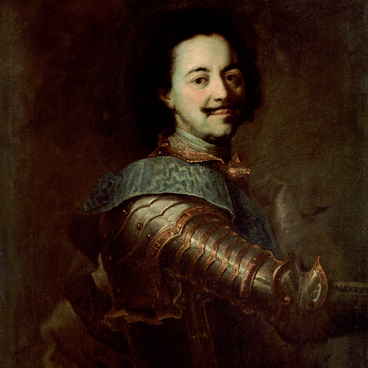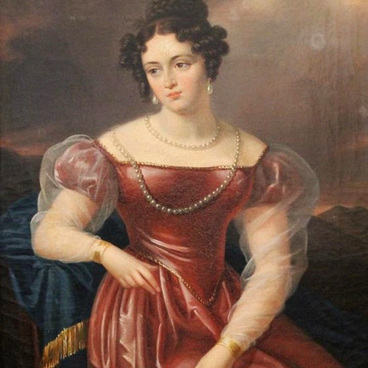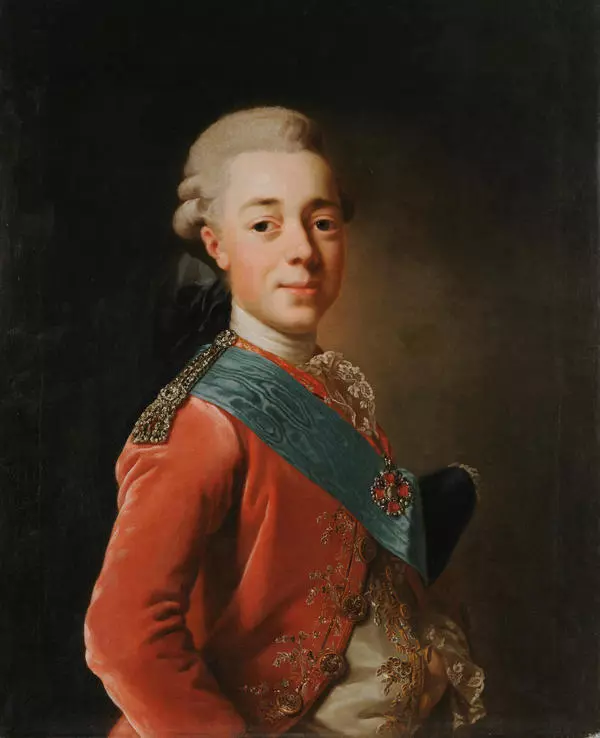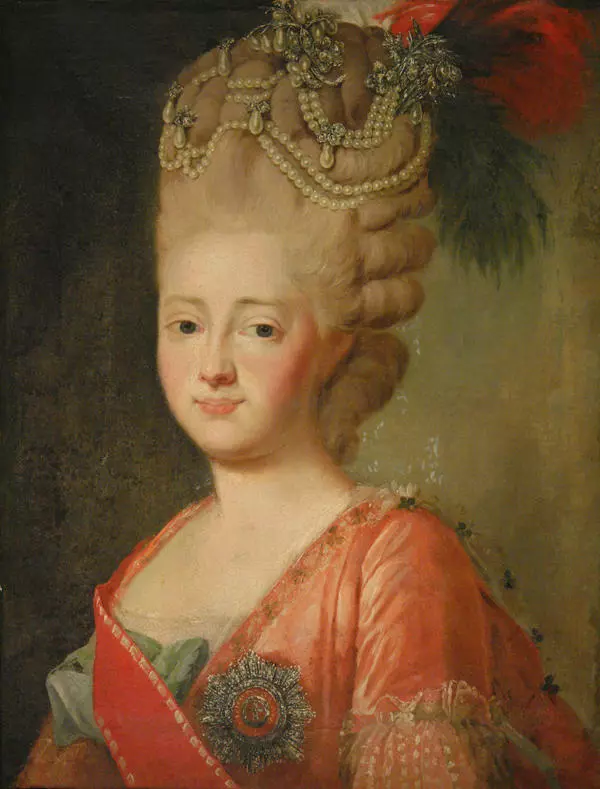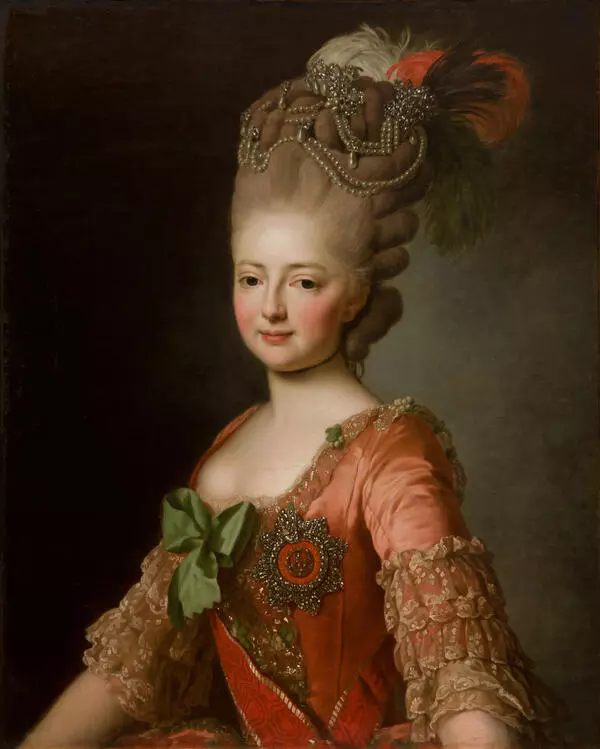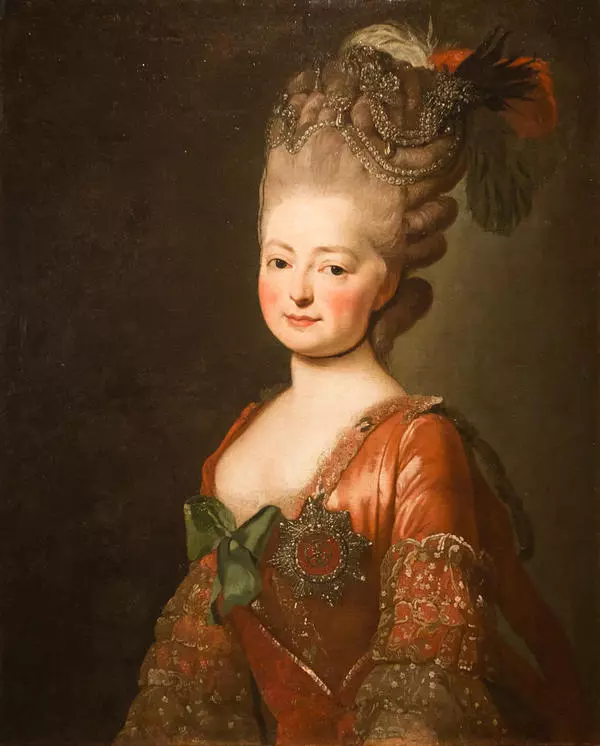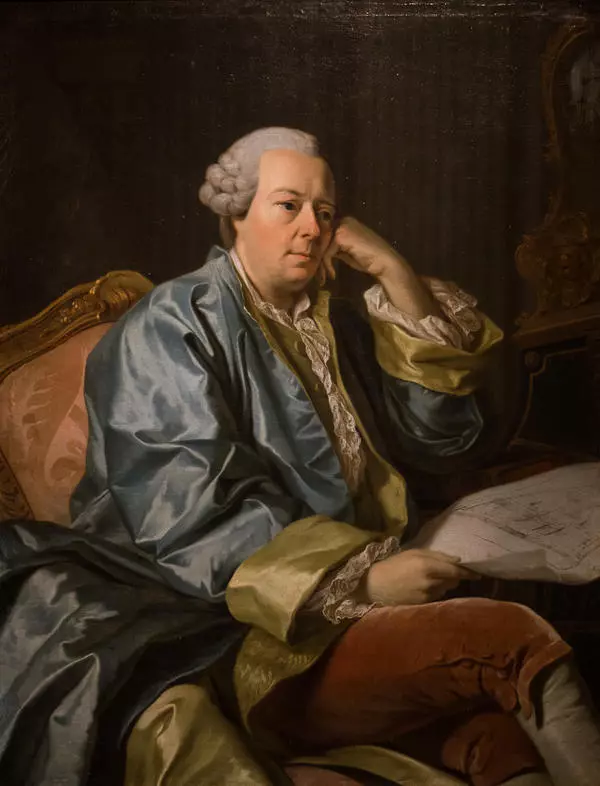Alexander Roslen is a Swedish artist who worked in France since 1750. He gained fame at a young age as a master of picturesque miniatures, but the true glory came later when the young artist turned to the genre of portraiture. At the age of 16 Roslen moved from province to the Swedish capital Stockholm and became a student of court painter Georg Engelhard Schroeder. During that period he began to paint large portraits with oil, which very quickly glorified the young man all over Europe. After graduation Roslen settled in Gothenburg, and soon moved to Scone, where he did not only work as a portraitist, but also created paintings on evangelical subjects on the order of the Catholic Church.
The artist’s skill, an abundance of orders and the fame that literally fell on him, allowed Roslen to raise the price of his services to the sky-high level, made him a very wealthy man in a short time and gave him the opportunity to start traveling. Thus, Alexander lived in Italy for several years, and then moved to Paris, the center of European cultural life of the time.
The capital of the world fashion and art appreciated Roslen’s talent, so that orders poured on the artist - all the high society of Paris wanted to be portrayed exclusively by the new celebrity.
Roslen arrived in St. Petersburg in 1775 at the invitation of Catherine II, who closely followed fashion and sought to keep up with world trends. During two years of his stay in the capital, the Parisian artist created a number of paintings on orders of the Russian nobility, the most famous among which was the ceremonial portrait of Catherine herself, now kept in the Hermitage. But the images of the Empress’s confidants, created by him, deserve no less admiration.
According to the genealogical data of the Obolensky family, the portrait may feature Maria Andreevna Obolenskaya (1746 -?), nee Princess Shchetinina, wife of Prince Mikhail Ivanovich Obolensky (1740-1794). At the time the portrait was painted by the Swedish artist Roslen, she was about 30 years old.
Like most of Alexander Roslen’s works, this painting is characterized by great attention to detail, in particular, to elements of the princess' outfit. As always, the master succeeded in displaying all details of the costume - he carefully painted the lace, ribbons and embroidery on the dress. One cannot help but admire the skillful color organization of the picture, which balanced the golden and silver tones, shaded with blue.
The fate of the French artist himself was very happy, given the fact that he lived for almost 75 years, and passed away only 10 days prior to his anniversary. He died in Paris on July 5, 1793 at the height of the French Revolution. By the end of his life he was probably the richest, the most respected and famous painter in Paris.
The artist’s skill, an abundance of orders and the fame that literally fell on him, allowed Roslen to raise the price of his services to the sky-high level, made him a very wealthy man in a short time and gave him the opportunity to start traveling. Thus, Alexander lived in Italy for several years, and then moved to Paris, the center of European cultural life of the time.
The capital of the world fashion and art appreciated Roslen’s talent, so that orders poured on the artist - all the high society of Paris wanted to be portrayed exclusively by the new celebrity.
Roslen arrived in St. Petersburg in 1775 at the invitation of Catherine II, who closely followed fashion and sought to keep up with world trends. During two years of his stay in the capital, the Parisian artist created a number of paintings on orders of the Russian nobility, the most famous among which was the ceremonial portrait of Catherine herself, now kept in the Hermitage. But the images of the Empress’s confidants, created by him, deserve no less admiration.
According to the genealogical data of the Obolensky family, the portrait may feature Maria Andreevna Obolenskaya (1746 -?), nee Princess Shchetinina, wife of Prince Mikhail Ivanovich Obolensky (1740-1794). At the time the portrait was painted by the Swedish artist Roslen, she was about 30 years old.
Like most of Alexander Roslen’s works, this painting is characterized by great attention to detail, in particular, to elements of the princess' outfit. As always, the master succeeded in displaying all details of the costume - he carefully painted the lace, ribbons and embroidery on the dress. One cannot help but admire the skillful color organization of the picture, which balanced the golden and silver tones, shaded with blue.
The fate of the French artist himself was very happy, given the fact that he lived for almost 75 years, and passed away only 10 days prior to his anniversary. He died in Paris on July 5, 1793 at the height of the French Revolution. By the end of his life he was probably the richest, the most respected and famous painter in Paris.
